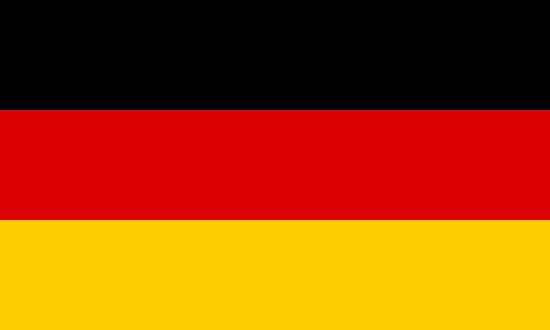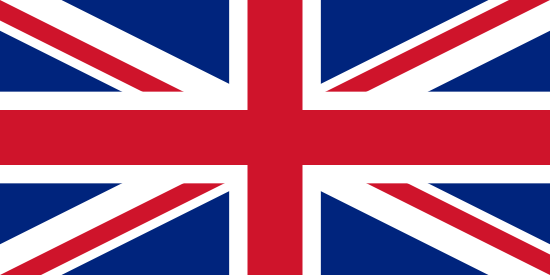The QS scheme tests the analytical competence of the laboratories responsible for QS residue monitoring twice a year. Ninety-seven laboratories from 17 different countries took part in the first laboratory performance assessment this year. The task was to test the apricot test matrix for specific active substances, identify them and quantify them precisely. Despite this demanding task, the majority of participating laboratories achieved good results in the current edition of the test.
Broad field of participants
In addition to laboratories from the EU, one laboratory each from India and Peru were also among the current participants. A total of 82 QS approved laboratories, 14 laboratories undergoing the recognition procedure and one third-party laboratory took up the challenge.
Demanding test matrix
While the previous test used pointed cabbage, which is a relatively easy matrix to analyze, the matrix analyzed in the current test, apricot, presented a higher degree of difficulty due to its high content of sugar, organic acids, pectins, and pigments (e.g., carotenoids) – particularly with regard to sample preparation and analysis. A total of 12 analytes were tested in three test materials (A, B, C), including two active substances (penthiopyrad, permethrin) that had never before been tested as part of QS residue monitoring. Another focus was on the active substance chlorothalonil, which had posed challenges for the laboratories in previous tests and also caused them difficulties in the current test.
The results are impressive
Although the laboratories had to test a higher number of active substances, the results of the current laboratory performance assessment are impressive: Of the 82 laboratories recognized by the QS scheme, 78 passed the test. Four recognized laboratories failed the test and are therefore required to participate in the next performance assessment in 2025/2. The 15 laboratories currently undergoing the recognition procedure and the third-party laboratory participating in the test achieved similarly good results, with only two laboratories failing the test. Looking at the overall result, 64 laboratories correctly identified and quantified all active substances, thus achieving the maximum number of points. These included 60 QS recognized laboratories.
The detailed results will be discussed with the participants at the next laboratory manager meeting.



